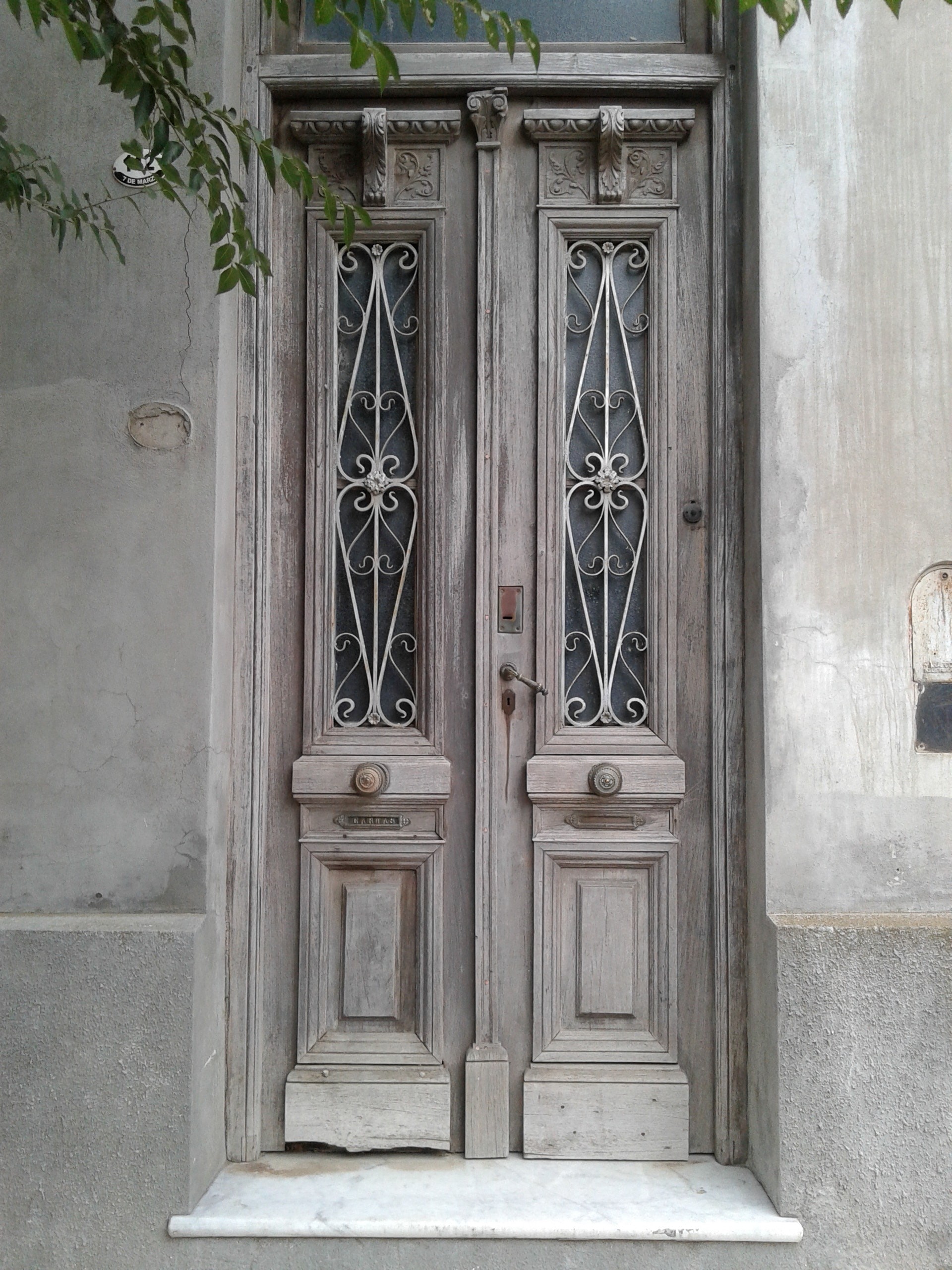What Does It Mean When Your House is Settling? When Should You be Concerned?
 House settling occurs when your house is getting used to life and its location. Typically, a new house settles during its first three years of existence. When a house settles there should not be any major issues that arise — simply cosmetic ones, such as a thin crack where the wall meets the ceiling, which can be patched up with a bit of Spackle.
House settling occurs when your house is getting used to life and its location. Typically, a new house settles during its first three years of existence. When a house settles there should not be any major issues that arise — simply cosmetic ones, such as a thin crack where the wall meets the ceiling, which can be patched up with a bit of Spackle.
Homeowners should note that thin cracks might also appear in the foundation. However, as long as your home was built properly, these thin cracks are not a big deal.
That said, some cracks indicate more than mere settling issues. Older homes might not be up to code or might suffer damage due to changes in the surrounding soil. Here are some warning signs, and tips on how to deal with them.
Check for Cracks
Even a small crack in your home’s foundation can cause serious problems. The crack might not indicate structural problems, but it can be wide enough to let in water and pests, such as termites. While you want to repair any size foundation crack, you also want to be particularly wary of horizontal cracks, cracks that are wider at the top than at the bottom, and uneven cracks — meaning the wall on one side of the crack is lower than the wall on the other side.
Depending on how serious the crack is, you might need to hire a professional company to fix it. The cost to fix a damaged foundation and to prevent further structural issues in the home varies widely. Depending on where you live, the cost of this can be as low as $1,500. If the crack is severe, however, the price can increase greatly.
Look for Sticky Doors
Doors and windows that stick, jam, or won’t open without a struggle are another sign that your home is in bad condition, beyond basic house settling. The interior doors can reveal structural problems in a multitude of ways. For example, the door might not fit in its frame properly, causing it to stick as you shut it. It might swing back and forth when you open the door, instead of staying in one place.
While, you can fix any issues with doors by repairing the doors themselves, but that type of repair only fixes the superficial problem.This kind of repair will not address nor take care of the larger issues of the house. Repairing the structural issue, or propping up a house that has tilted, can cost thousands of dollars.
Be Concerned About Slanted Floors
While the idea of a dramatically slanted floor can be quite comical, in some ways, the reality is that even the slightest slant can be a huge issue for homeowners. While the problem of slanted floors can be difficult to detect, this problem can also be quite expensive. Additionally, a sloping floor can also signal a more serious issue, such as rotted floor joists or supports, or a foundation that has cracked.